Analysis of Kerr Noise in Angular-Rate Sensing Based on Mode Splitting in a Whispering-Gallery-Mode Microresonator
Abstract
:1. Introduction
2. Principle and Theoretical Model
2.1. Theoretical Model of Angular-Rate Sensing Based on Mode Splitting
2.2. Kerr Effect-Induced Noise Model
3. Simulation and Discussion
4. Conclusions
Author Contributions
Funding
Acknowledgments
Conflicts of Interest
References
- Vahala, K.J. Optical Microcavities. Nature 2003, 424, 839–846. [Google Scholar] [CrossRef] [PubMed]
- Chiavaioli, F.; Laneve, D.; Farnesi, D.; Falconi, M.C.; Conti, G.N.; Baldini, F.; Prudenzano, F. Long Period Grating-Based Fiber Coupling to WGM Microresonators. Micromachines 2018, 9, 366. [Google Scholar] [CrossRef] [PubMed]
- Foreman, M.R.; Swaim, J.D.; Vollmer, F. Whispering gallery mode sensors. Adv. Opt. Photonics 2015, 7, 168–240. [Google Scholar] [CrossRef] [PubMed]
- Vollmer, F.; Yang, L. Label-free detection with high-Q microcavities: A review of biosensing mechanisms for integrated devices. Nanophotonics 2012, 1, 267–291. [Google Scholar] [CrossRef] [PubMed]
- Armani, A.M.; Kulkarni, R.P.; Fraser, S.E.; Flagan, R.C.; Vahala, K.J. Label-free, single-molecule detection with optical microcavities. Science 2007, 317, 783. [Google Scholar] [CrossRef] [PubMed]
- Strekalov, D.V.; Thompson, R.J.; Baumgartel, L.M.; Grudinin, I.S.; Yu, N. Temperature measurement and stabilization in a birefringent whispering gallery mode resonator. Opt. Express 2011, 19, 14495–14501. [Google Scholar] [CrossRef] [PubMed]
- Guan, G.; Arnold, S.; Otugen, M. Temperature Measurements Using a Micro-Optical Sensor Based on Whispering Gallery Modes. AIAA J. 2006, 44, 2385–2389. [Google Scholar] [CrossRef]
- Manzo, M.; Ioppolo, T.; Ayaz, U.K.; Lapenna, V.; Ötügen, M.V. A photonic wall pressure sensor for fluid mechanics applications. Rev. Sci. Instrum. 2012, 83, 105003. [Google Scholar] [CrossRef] [PubMed]
- Zamanian, A.H.; Ioppolo, T. Effect of wall pressure and shear stress on embedded cylindrical microlasers. Appl. Opt. 2015, 54, 7124–7130. [Google Scholar] [CrossRef] [PubMed]
- Ma, Q.; Huang, L.; Guo, Z.; Rossmann, T. Spectral shift response of optical whispering-gallery modes due to water vapor adsorption and desorption. Meas. Sci. Technol. 2010, 21, 115206. [Google Scholar] [CrossRef]
- Rubino, E.; Ioppolo, T. A Vibrometer Based on Magnetorheological Optical Resonators. Vibration 2018, 1, 239–249. [Google Scholar] [CrossRef]
- Hallil, H.; Menini, P.; Aubert, H. Novel Microwave Gas Sensor using Dielectric Resonator with SnO2 Sensitive Layer. Procedia Chem. 2009, 1, 935–938. [Google Scholar] [CrossRef]
- Weiss, D.S.; Sandoghdar, V.; Hare, J.; Lefèvre-Seguin, V.; Raimond, J.-M.; Haroche, S. Splitting of high-Q Mie modes induced by light backscattering in silica microspheres. Opt. Lett. 1995, 20, 1835–1837. [Google Scholar] [CrossRef] [PubMed]
- Gorodetsky, M.L.; Pryamikov, A.D.; Ilchenko, V.S. Rayleigh scattering in high-Q microspheres. J. Opt. Soc. Am. B 2000, 17, 1051–1057. [Google Scholar] [CrossRef]
- Kippenberg, T.J.; Tchebotareva, A.L.; Kalkman, J.; Polman, A.; Vahala, K.J. Purcell-factor-enhanced scattering from Si nanocrystals in an optical microcavity. Phys. Rev. Lett. 2009, 103, 027406. [Google Scholar] [CrossRef] [PubMed]
- Zhu, J.; Ozdemir, S.K.; Xiao, Y.F.; Li, L.; He, L.; Chen, D.-R.; Yang, L. On-chip single nanoparticle detection and sizing by mode splitting in an ultrahigh-Q microresonator. Nat. Photonics 2010, 4, 46–49. [Google Scholar] [CrossRef]
- Chen, W.; Özdemir, Ş.K.; Zhao, G.; Wiersig, J.; Yang, L. Exceptional points enhance sensing in an optical microcavity. Nature 2017, 548, 192–196. [Google Scholar] [CrossRef] [PubMed]
- Yang, Z.; Huo, J.; Han, X. Angular-rate sensing by mode splitting in a Whispering-gallery-mode optical microresonator. Measurement 2018, 125, 78–83. [Google Scholar] [CrossRef]
- Li, Q.; Eftekhar, A.A.; Xia, Z.; Adibi, A. Unified approach to mode splitting and scattering loss in high-Q whispering-gallery-mode microresonators. Phys. Rev. A 2013, 88, 033816. [Google Scholar] [CrossRef]
- Iwatsuki, K.; Hotate, K.; Higashiguchi, M. Kerr effect in an optical passive ring-resonator gyro. J. Lightw. Technol. 1986, LT-4, 645–651. [Google Scholar] [CrossRef]
- Ezekiel, S.; Davis, J.L.; Hellwarth, R.W. Intensity Dependent Nonreciprocal Phase Shift in a Fiberoptic Gyroscope. In Fiber-Optic Rotation Sensors and Related Technologies; Springer: Berlin/Heidelberg, Germany, 1982; pp. 332–336. [Google Scholar] [CrossRef]
- Yu, H.; Zhang, C.; Feng, L.F.; Hong, L.H.; Wang, J. Research on Kerr-Effect-Induced Noise of Integrated Optical Gyroscope Based on Silicon on SiO2 Waveguide Resonator. Acta Opt. Sin. 2011, 31, 1013003. [Google Scholar]
- Yang, Z.; Xiao, Y.; Huo, J.; Shao, H. Analysis of nonreciprocal noise based on mode splitting in a high-Q optical microresonator. Laser Phys. 2018, 28, 015101. [Google Scholar] [CrossRef]
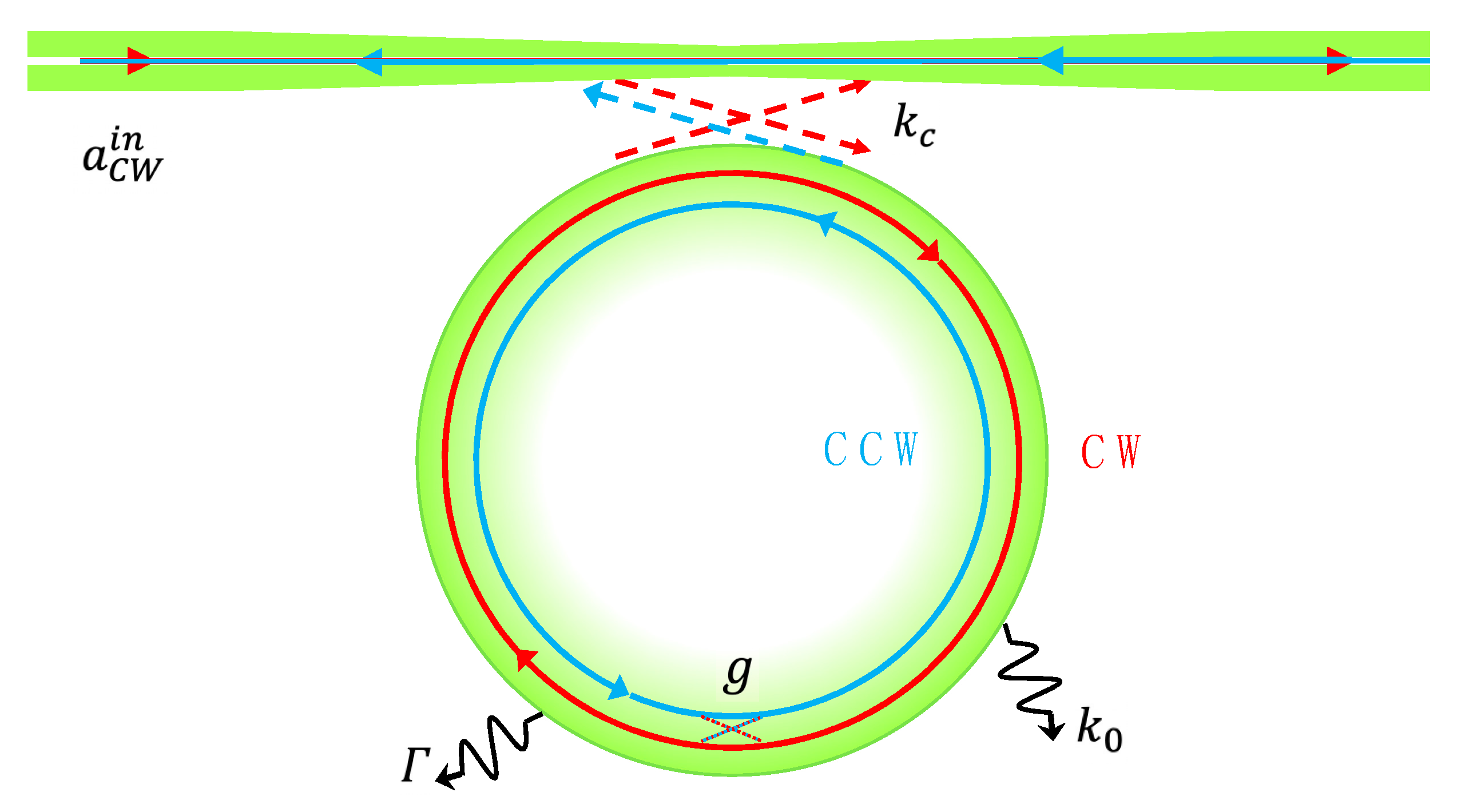
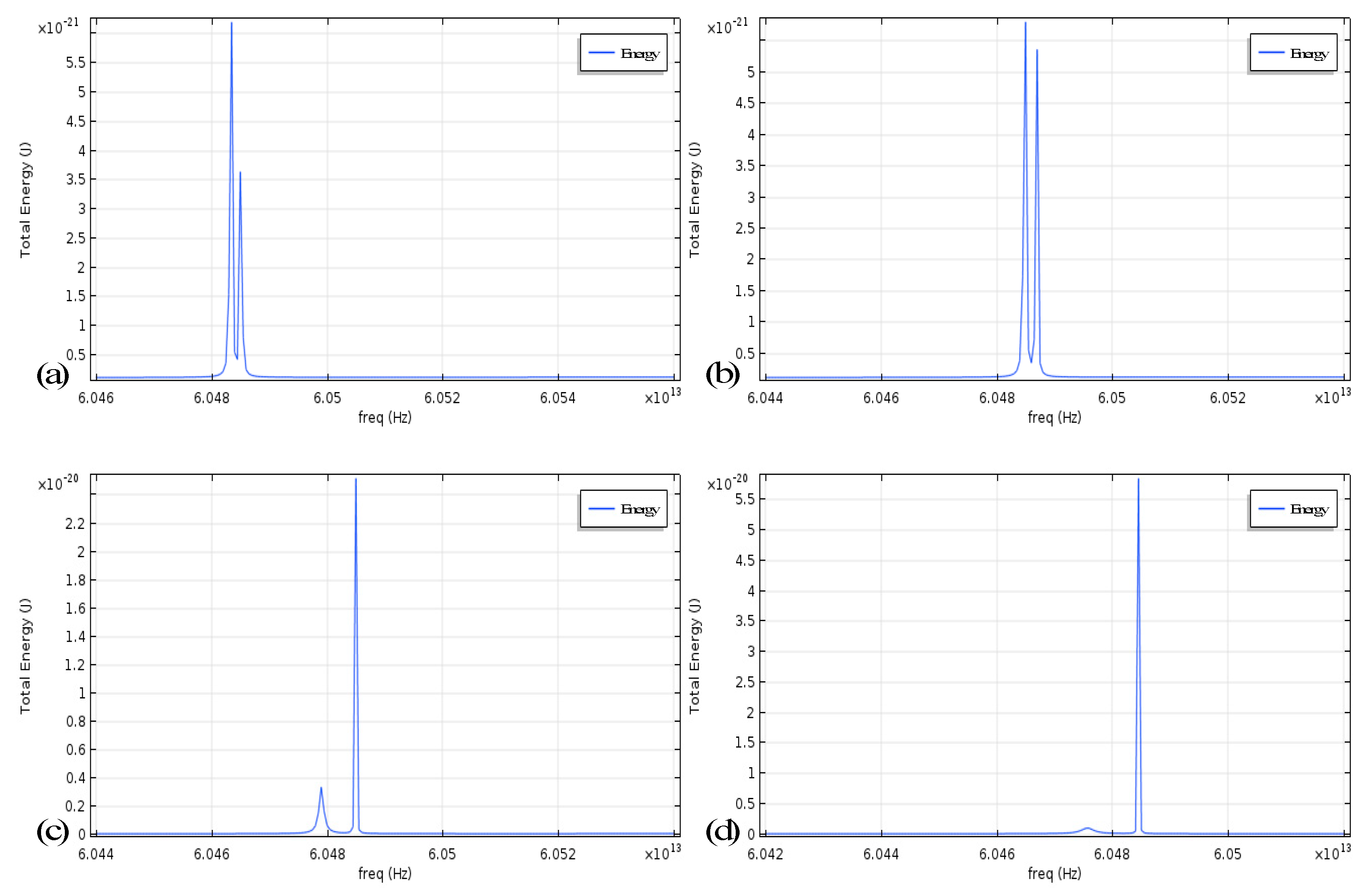

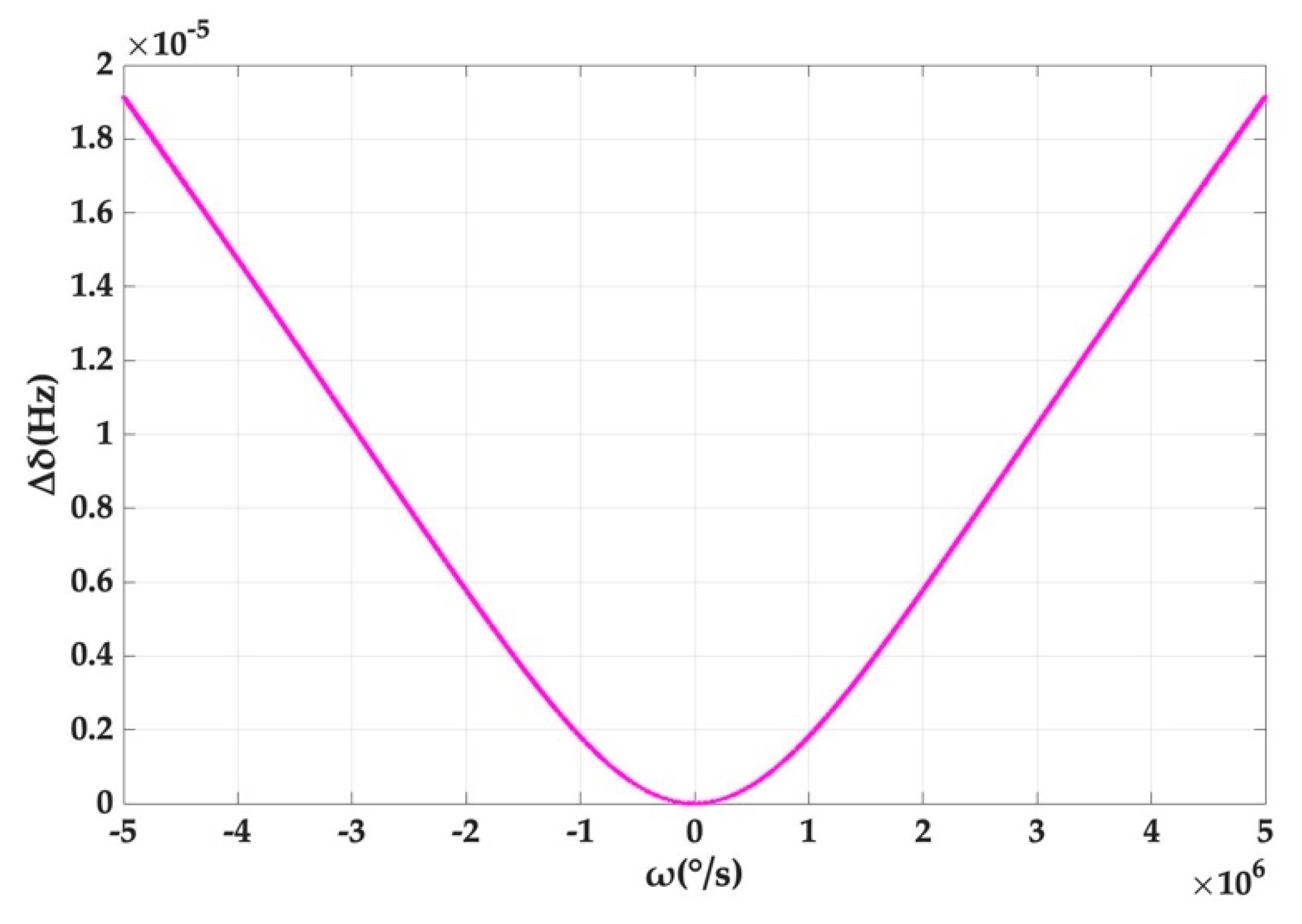
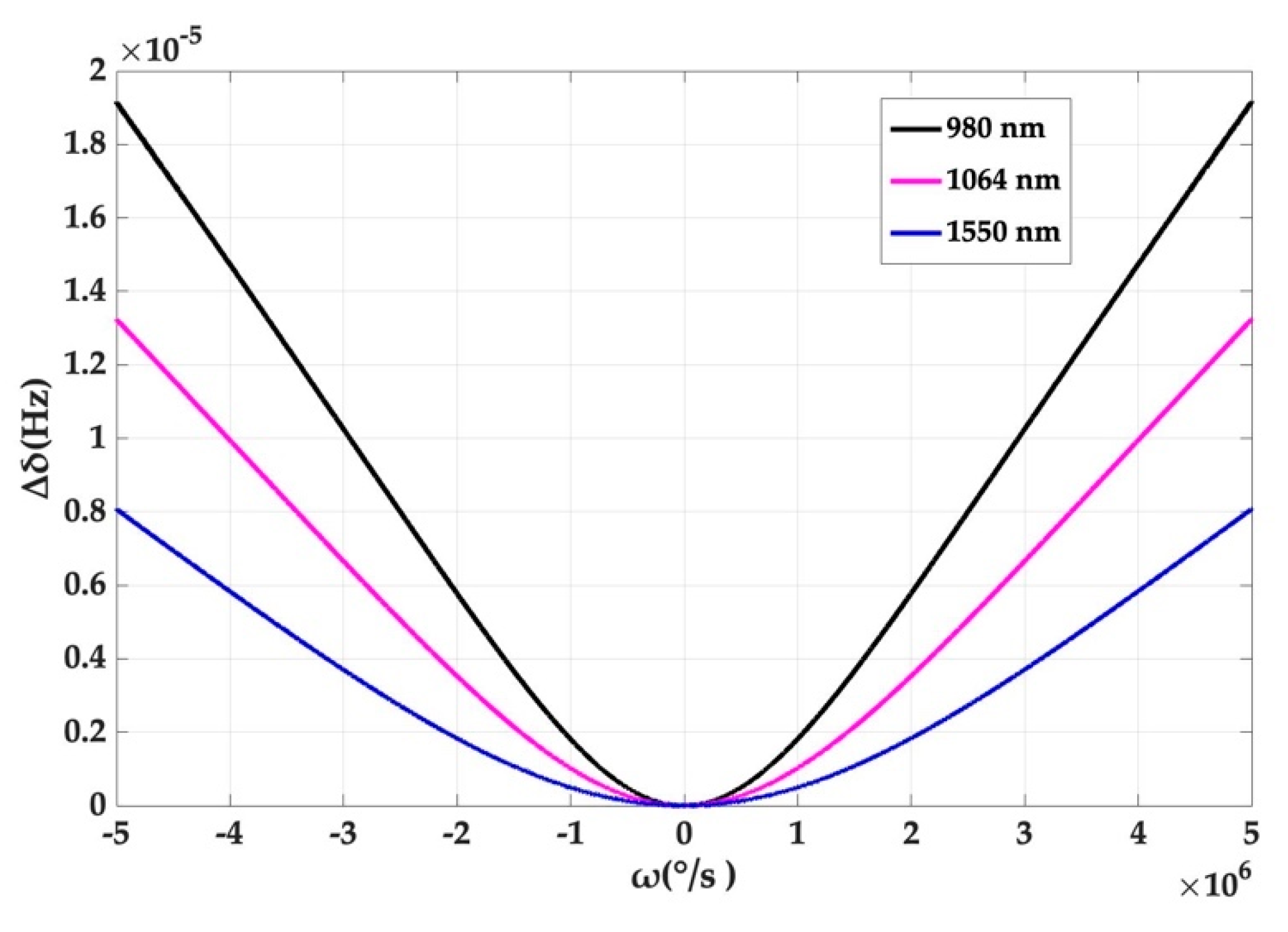
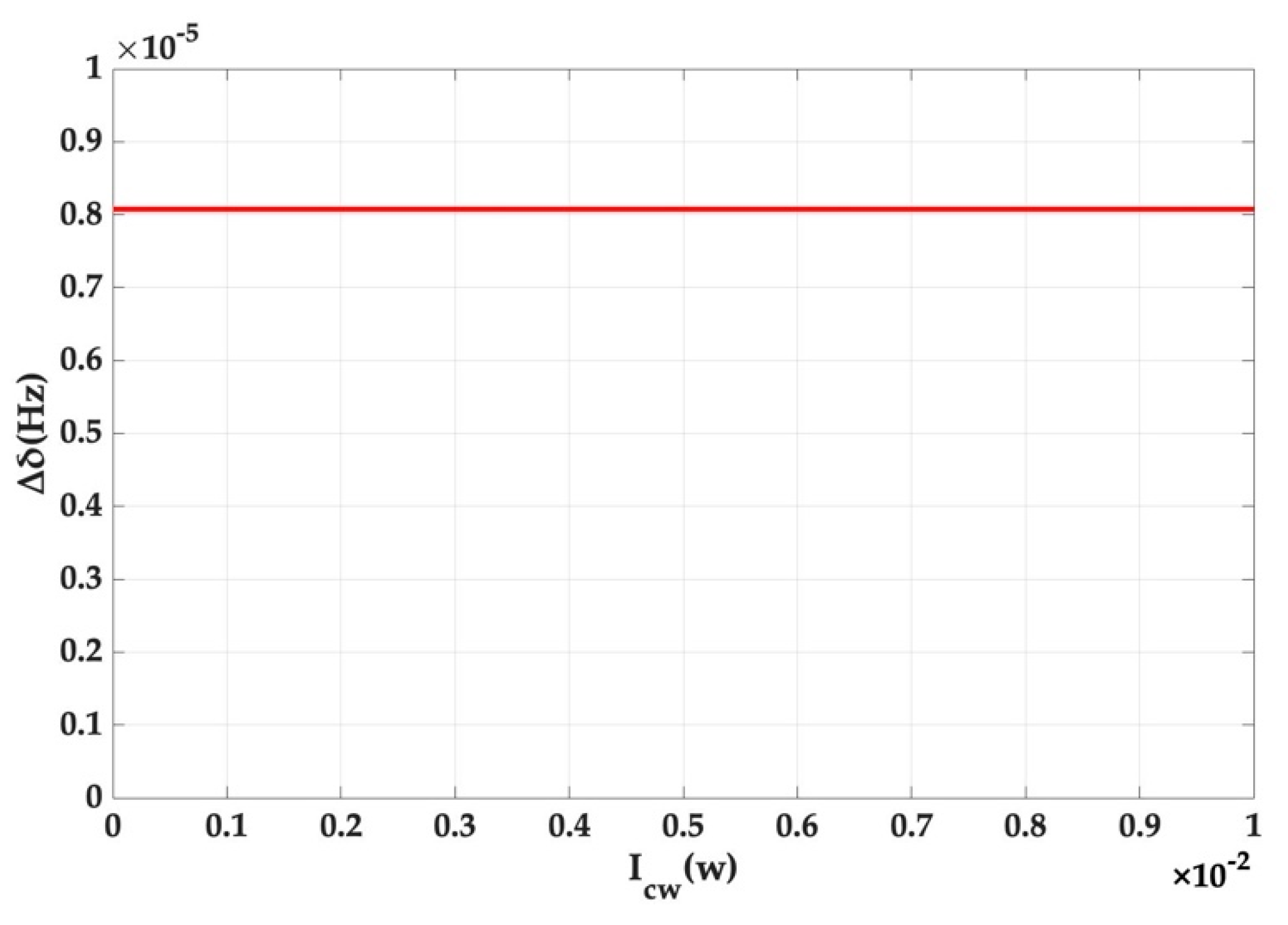
© 2019 by the authors. Licensee MDPI, Basel, Switzerland. This article is an open access article distributed under the terms and conditions of the Creative Commons Attribution (CC BY) license (http://creativecommons.org/licenses/by/4.0/).
Share and Cite
Yang, Z.; Li, D.; Sun, Y. Analysis of Kerr Noise in Angular-Rate Sensing Based on Mode Splitting in a Whispering-Gallery-Mode Microresonator. Micromachines 2019, 10, 150. https://doi.org/10.3390/mi10020150
Yang Z, Li D, Sun Y. Analysis of Kerr Noise in Angular-Rate Sensing Based on Mode Splitting in a Whispering-Gallery-Mode Microresonator. Micromachines. 2019; 10(2):150. https://doi.org/10.3390/mi10020150
Chicago/Turabian StyleYang, Zhaohua, Dan Li, and Yuzhe Sun. 2019. "Analysis of Kerr Noise in Angular-Rate Sensing Based on Mode Splitting in a Whispering-Gallery-Mode Microresonator" Micromachines 10, no. 2: 150. https://doi.org/10.3390/mi10020150
APA StyleYang, Z., Li, D., & Sun, Y. (2019). Analysis of Kerr Noise in Angular-Rate Sensing Based on Mode Splitting in a Whispering-Gallery-Mode Microresonator. Micromachines, 10(2), 150. https://doi.org/10.3390/mi10020150




